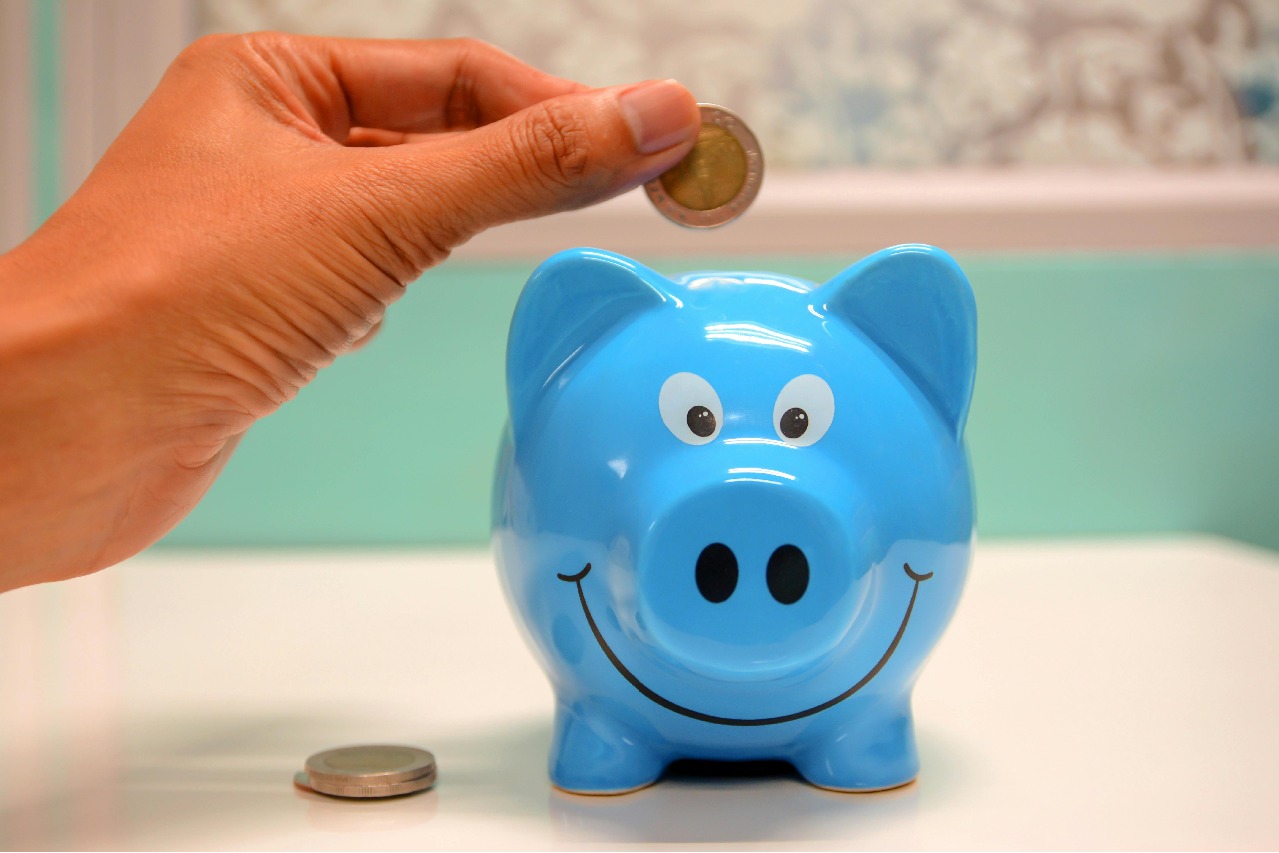How Much Should You Save in Your Emergency Fund?

Let’s face it—life can be unpredictable. Whether it’s a surprise medical bill, a sudden job loss, or your car breaking down out of nowhere, emergencies don’t exactly come with a warning. That’s where an emergency fund steps in—it’s your financial cushion that helps you handle life’s curveballs without falling into debt.
So, How Much Should You Save?
A good rule of thumb is to save three to six months’ worth of essential expenses. Think rent or mortgage, groceries, utility bills, insurance, and transport costs. If your monthly expenses come to ₹30,000, you should ideally have between ₹90,000 and ₹1,80,000 tucked away. This gives you breathing room during a tough patch without relying on credit cards or loans.
That said, everyone’s situation is different. If you’re dealing with high-interest debt, aim for at least one month’s worth of expenses to start with and build up from there. If you’re in a stable dual-income household with fewer financial responsibilities, three months may be enough. But if you’re the sole earner or have kids, aiming for six months or more is wiser.
What Should You Consider When Setting a Goal?
Several personal factors come into play:
- Income Stability: Freelancers or people in unpredictable jobs should save more than those with a steady paycheck.
- Debt Situation: If you're juggling loans, begin with a smaller savings target while you chip away at your debt.
- Family Size: More mouths to feed means more savings needed to stay secure.
- Job Market Realities: If it might take a while to find a new job, having up to a year’s worth of expenses saved can offer real peace of mind.
- Near Retirement? Save even more. As you approach retirement, an emergency fund becomes your first line of defense.
Tips to Build Your Emergency Fund
Start small and stay consistent. Even saving ₹500 to ₹2,000 a week can make a big difference over time. Use bonuses, tax refunds, or festival gifts to speed up your savings. And try cutting back on non-essential expenses like takeout or subscriptions—that extra money can go straight into your fund.
Where to Keep It
Keep your emergency fund in a high-yield savings account or a money market account. You want it to be safe, easy to access, and earning at least a little interest while it sits there.
An emergency fund isn’t just a “nice-to-have”—it’s a must. While the classic advice of saving three to six months’ worth of expenses is solid, the exact amount depends on your lifestyle and financial situation. Whatever your number, start building it today. You’ll thank yourself later when life throws a surprise your way—and you’re ready.
So, How Much Should You Save?
A good rule of thumb is to save three to six months’ worth of essential expenses. Think rent or mortgage, groceries, utility bills, insurance, and transport costs. If your monthly expenses come to ₹30,000, you should ideally have between ₹90,000 and ₹1,80,000 tucked away. This gives you breathing room during a tough patch without relying on credit cards or loans.
That said, everyone’s situation is different. If you’re dealing with high-interest debt, aim for at least one month’s worth of expenses to start with and build up from there. If you’re in a stable dual-income household with fewer financial responsibilities, three months may be enough. But if you’re the sole earner or have kids, aiming for six months or more is wiser.
What Should You Consider When Setting a Goal?
Several personal factors come into play:
- Income Stability: Freelancers or people in unpredictable jobs should save more than those with a steady paycheck.
- Debt Situation: If you're juggling loans, begin with a smaller savings target while you chip away at your debt.
- Family Size: More mouths to feed means more savings needed to stay secure.
- Job Market Realities: If it might take a while to find a new job, having up to a year’s worth of expenses saved can offer real peace of mind.
- Near Retirement? Save even more. As you approach retirement, an emergency fund becomes your first line of defense.
Tips to Build Your Emergency Fund
Start small and stay consistent. Even saving ₹500 to ₹2,000 a week can make a big difference over time. Use bonuses, tax refunds, or festival gifts to speed up your savings. And try cutting back on non-essential expenses like takeout or subscriptions—that extra money can go straight into your fund.
Where to Keep It
Keep your emergency fund in a high-yield savings account or a money market account. You want it to be safe, easy to access, and earning at least a little interest while it sits there.
An emergency fund isn’t just a “nice-to-have”—it’s a must. While the classic advice of saving three to six months’ worth of expenses is solid, the exact amount depends on your lifestyle and financial situation. Whatever your number, start building it today. You’ll thank yourself later when life throws a surprise your way—and you’re ready.